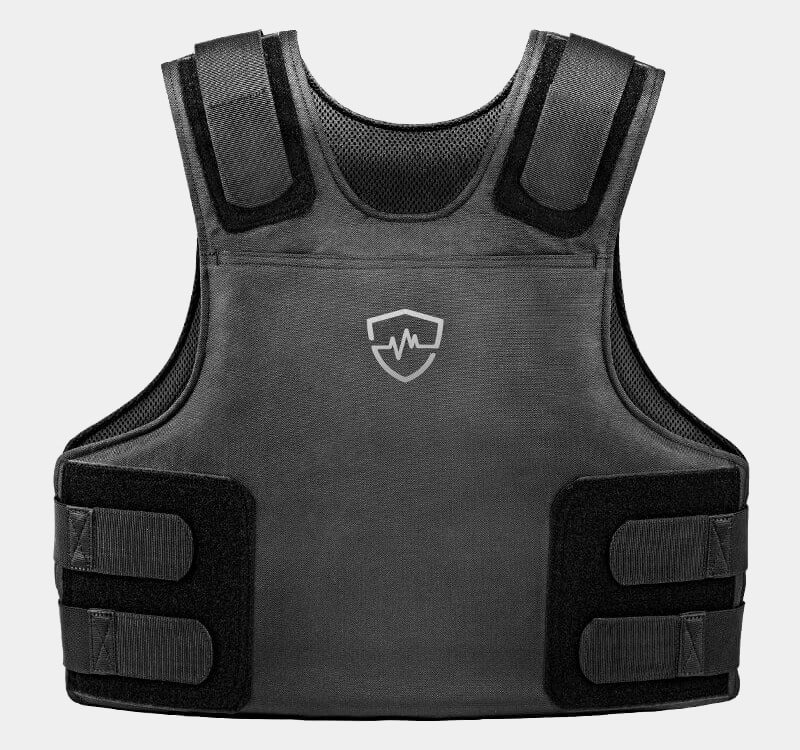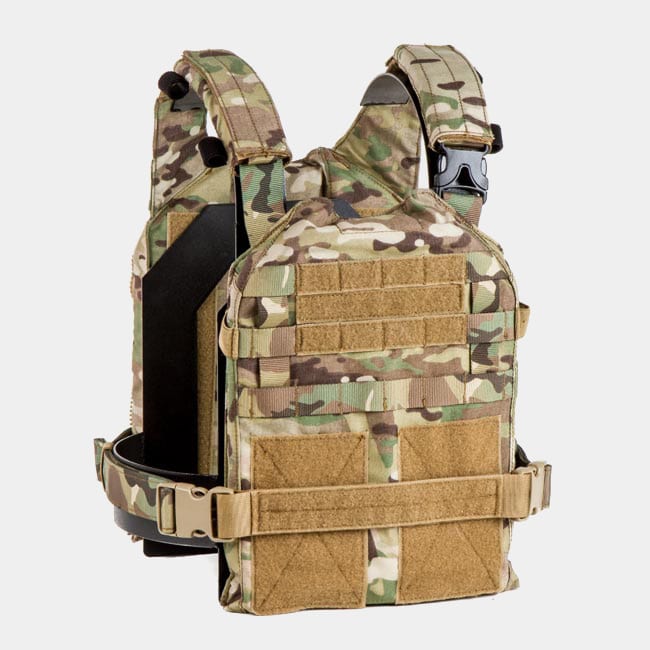With chaos around, you begin to wonder if owning a gun and having a good ammo stash is enough? So, is it? Thinking about this leads you to the topic of general preparedness. Things like, does my family have enough food, water, medical supplies, money that’s not in the bank, and the ever-necessary toilet paper?
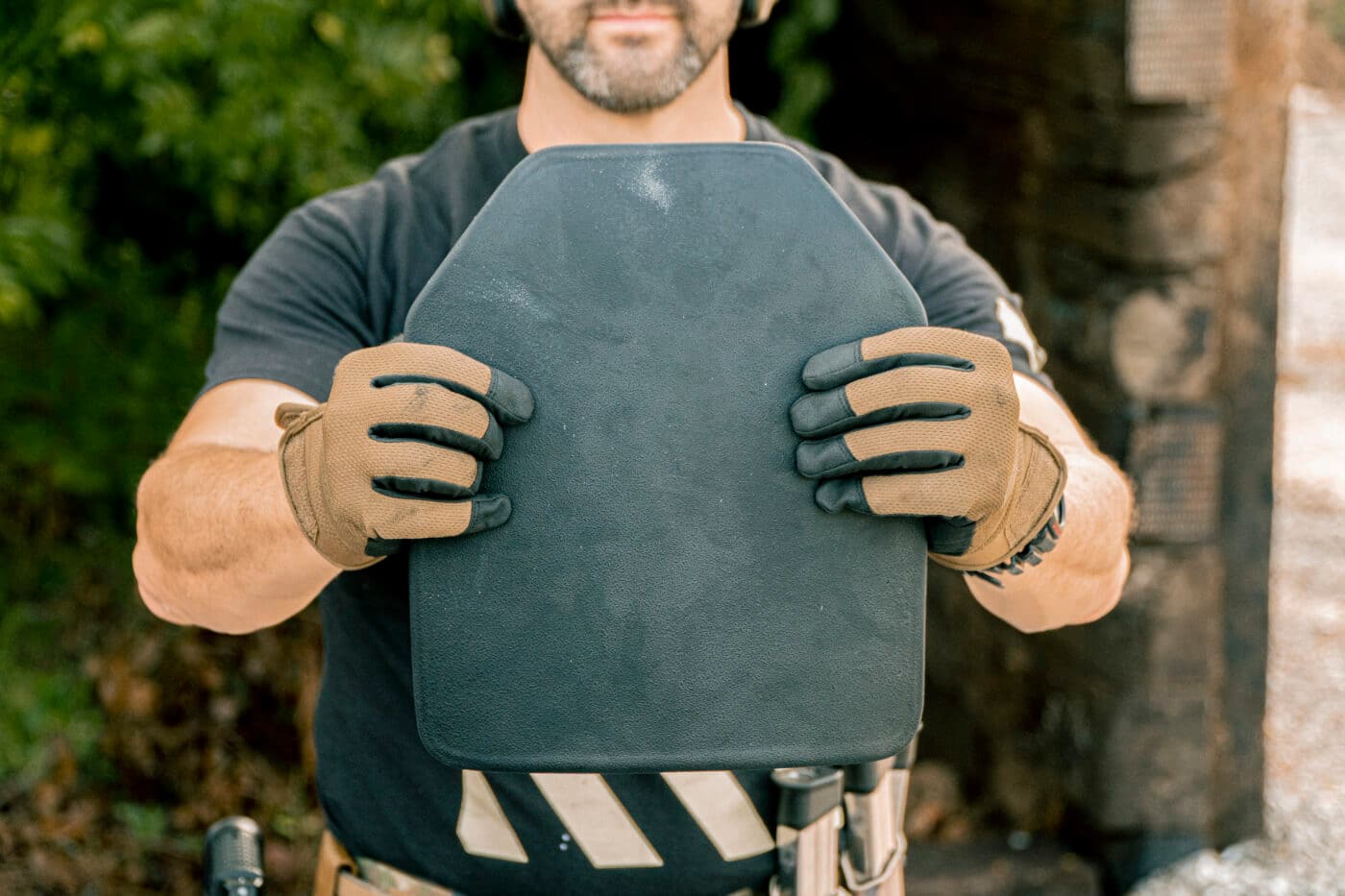
Another thought is, do we have a good “go bag” of essentials in case a natural disaster ever wipes my house and community off the face of the earth. This thought is driven by what happened to a town near me — Joplin, Missouri — with the May 22nd tornado in 2011 that made national news.
What about a home invasion? Do you have a home defense kit — including body armor — to defend your family?
The point is, there are a lot of scary things that can happen. But what about body armor? Do you need it? That’s for you to decide regarding your personal situation. But, if you do decide you need it, you must ask yourself what kind you need. So, let’s talk about the two main kinds of armor that divide the market.
Firmness of Character
The most common type of armor is soft body armor. If you have never heard of this, it’s exactly what it sounds like — it’s a body armor that is soft to the touch, but still can stop bullets. Every piece of gear has pros and cons. So, let’s address that with soft armor.
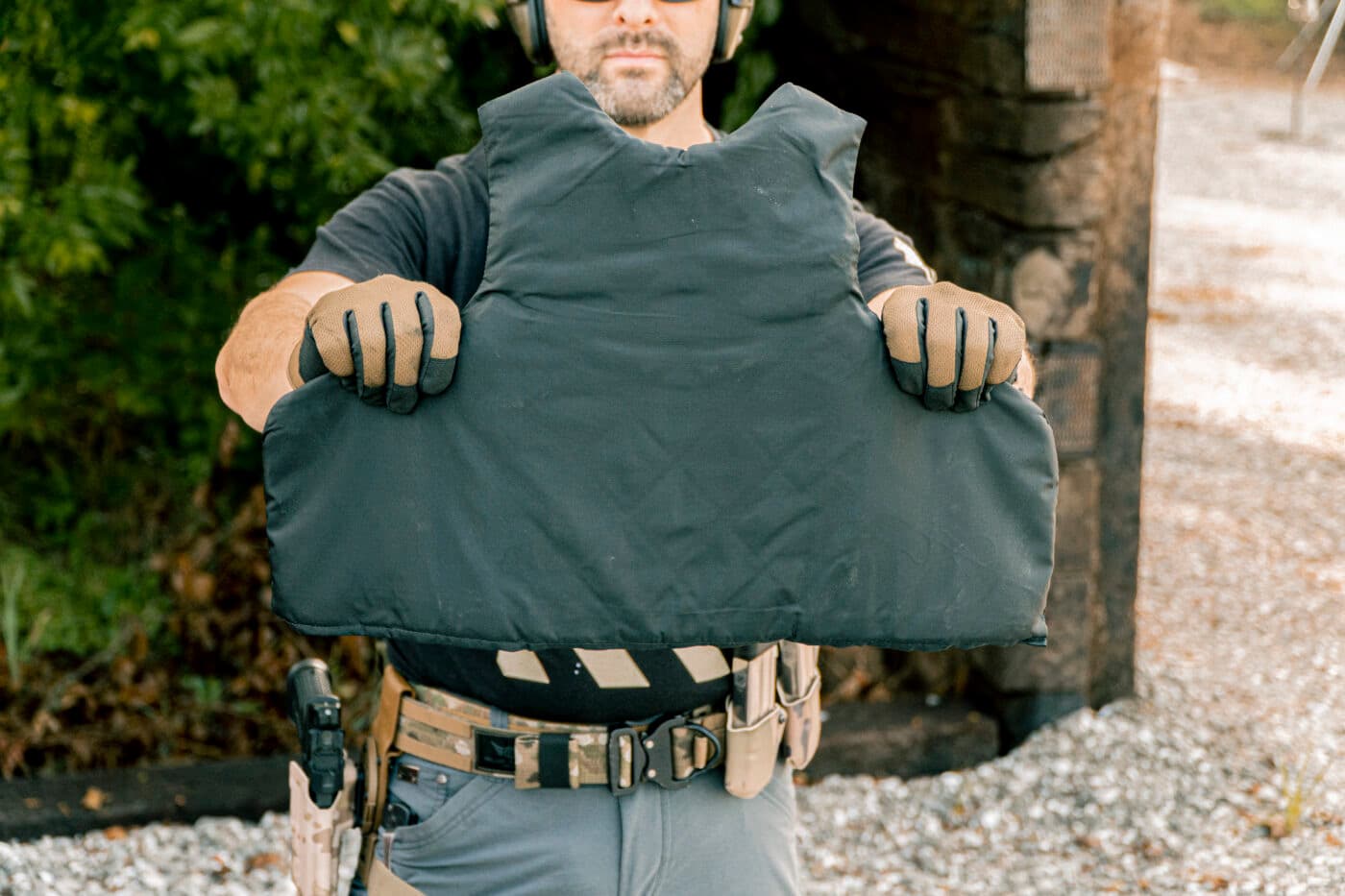
Soft armor is typically going to be lighter than hard armor and more comfortable against the body because of its flexibility. Soft body armor is made in a variety of different levels and protections. It is made of a variety of densely woven materials made to stop bullets.
Here is where it gets tricky. These can oftentimes stop bullets, but not all of them can stop knives. To add stab and slash protection will cost you extra money. Soft body armor alone cannot stop high-velocity rounds like rifle bullets — unless you have a soft body armor carrier with room for hard plates. I told you it gets tricky.
There are way too many protection levels and options for me to dive into here, and the market is quickly changing as new advances are made. But, a good source I have found is Safe Life Defense, one of the biggest names in soft armor right now, so you can head over there and take a gander at their protection options.
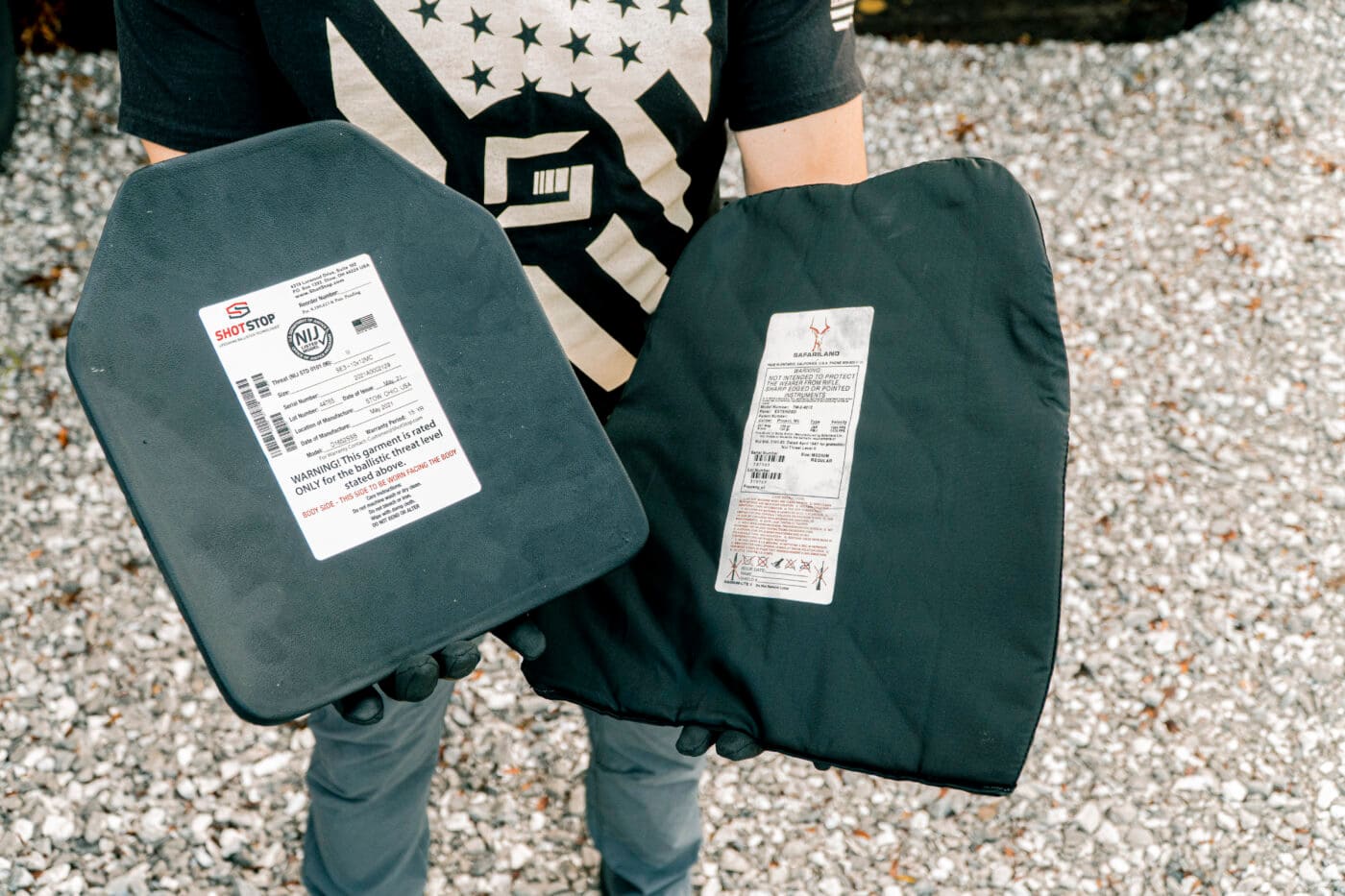
Soft body armor is generally concealable under your clothing. As mentioned, this armor can protect you from handgun rounds, which in the case of a conventional mugging is what you and I would likely encounter. But what if you are facing an attacker with a rifle? This is where hard armor comes into play.
Tough Options
Hard plate armor can stop all the way up to a 30.06 round, which is really cooking at about 2,800 feet per second with 2,872 ft-lbs. of energy. Yeah, it will still hurt, but it stops the bullet from passing through, which is an incredible feat. The trade-off is plates can be really heavy. Only Level 4 plates can stop 30.06, and on average I’d estimate they weigh 5 to 7 lbs. apiece.
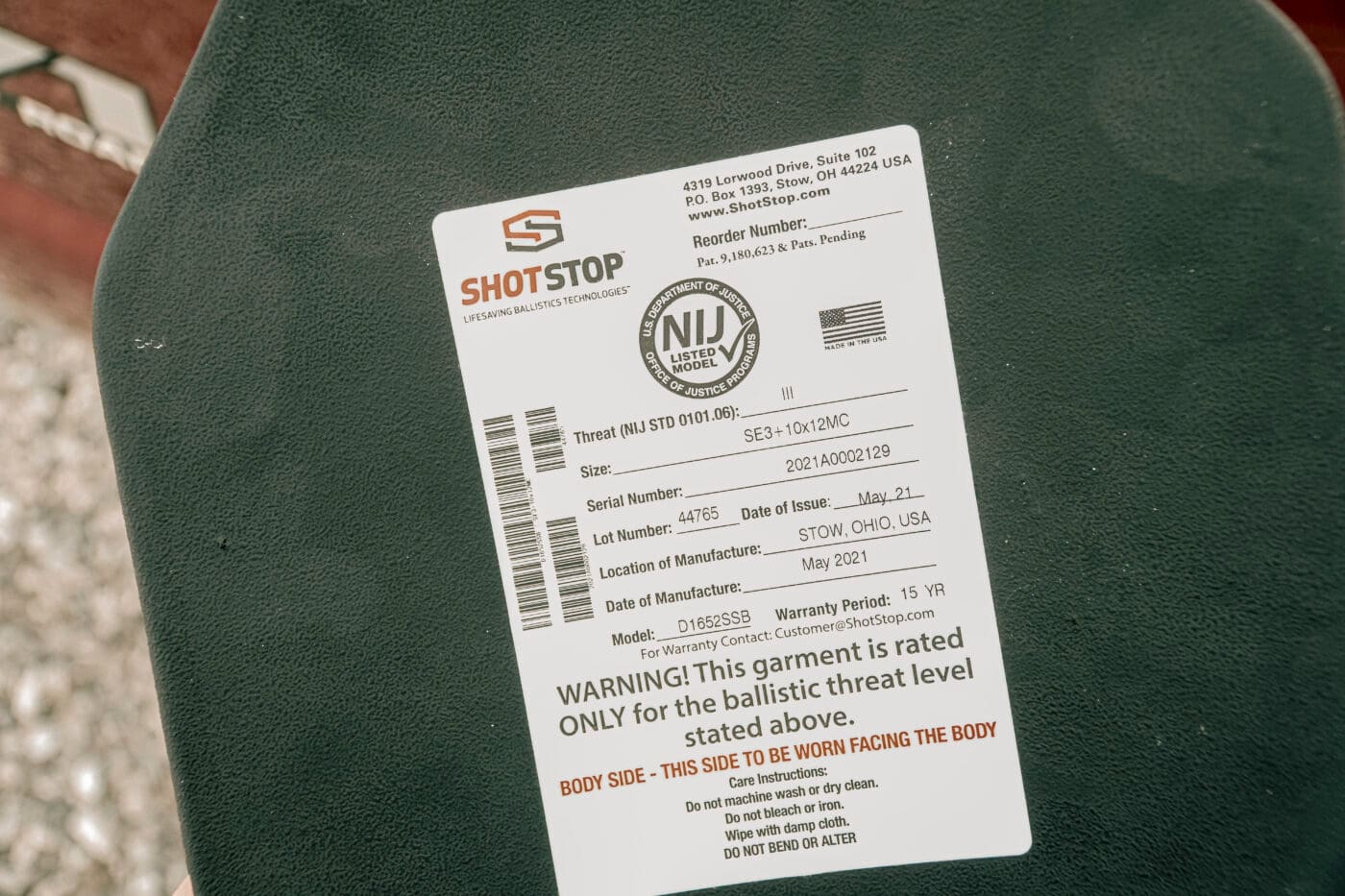
There are plates that don’t cover that much velocity but will stop up to .308 armor-piercing rounds, and those can be as light as 3.8 lbs. Or, you can lose the armor-piercing protection and get plates that still stop .308 and only weigh 2.7 lbs.! Here is the kicker — those plates I’m talking about are made by Shot Stop, and they are made from UHMWPE (Polyethylene). [Ed. note: Armor piercing ammunition is an often misunderstood concept that is used as a political football. Read more in Richard Johnson’s article on Cop Killer Bullets.]
Ultra-high-molecular-weight polyethylene (UHMWPE) is a subset of thermoplastic polyethylene. Also known as high-modulus polyethylene, it has extremely long chains, with a molecular mass usually between 3.5 and 7.5 million amu. Thank you, internet, for that information. In layman’s terms, it means it’s a blend of plastic that is so dense it stops bullets. This brings up the next point.
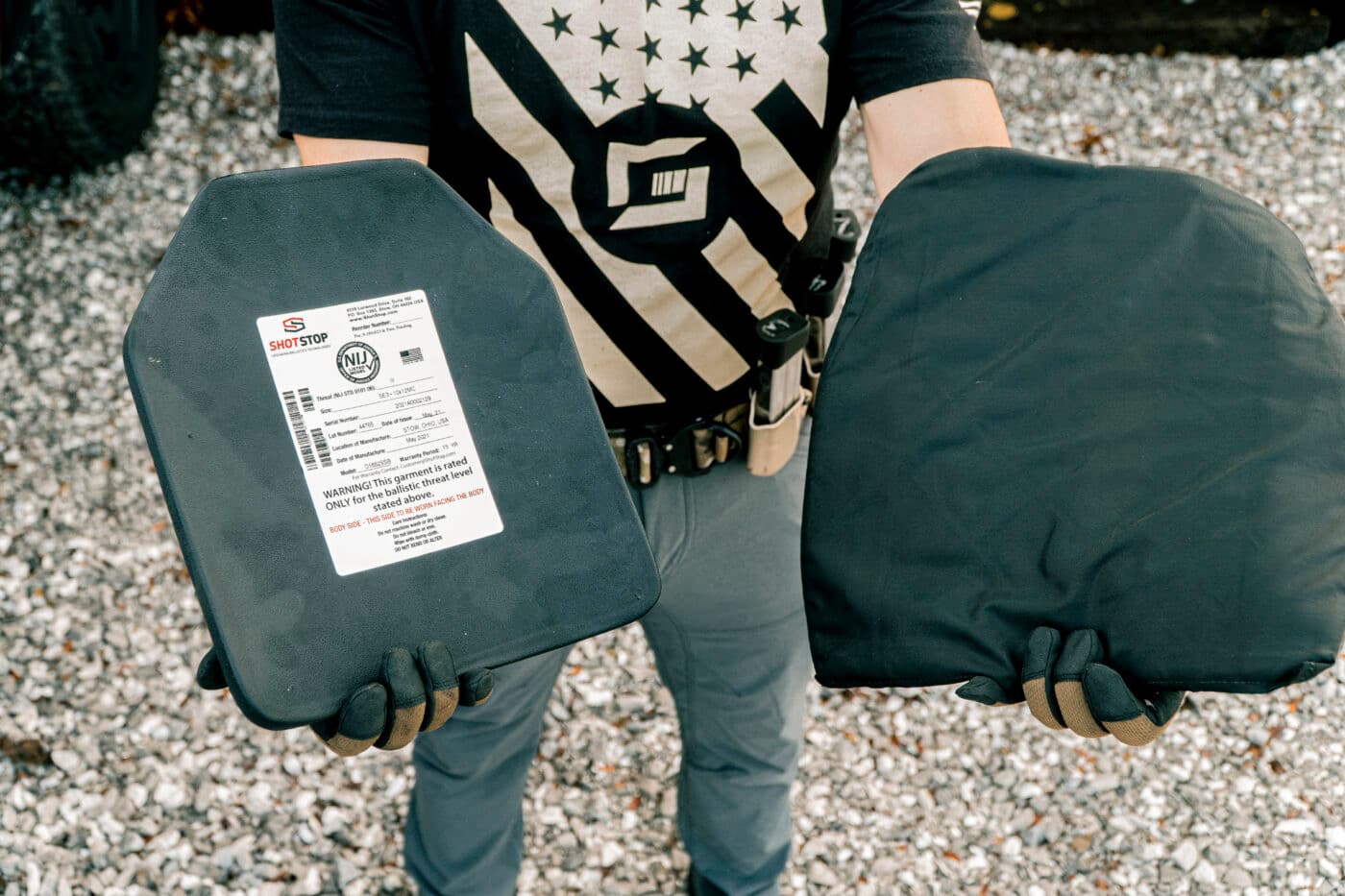
There is an option where you can have the best of both worlds. You can have soft body armor carriers with room for hard plates, or you can wear a plate carrier over your soft body armor vest. If you want the best of both worlds, these are your two options.
Conclusion
When it comes to making the decision of what you will get the most use of, there is a lot to consider. So, be vigilant and get out and read. A factor we didn’t even discuss is the shelf life of either of these armors. Yes, armor can, in theory, go bad.
As a recap, soft body armor is light, flexible, hot to wear, offers side protection, stops handgun rounds, but won’t stop rifle rounds unless it has hard plates in it. Hard armor is heavier, cooler to wear, offers more ballistic protection, can offer side protection but generally, it doesn’t, it’s uncomfortable and not concealable.
Editor’s Note: Be sure to check out The Armory Life Forum, where you can comment about our daily articles, as well as just talk guns and gear. Click the “Go To Forum Thread” link below to jump in!
Join the Discussion
Featured in this video
Continue Reading
Did you enjoy this video?

 56
56




